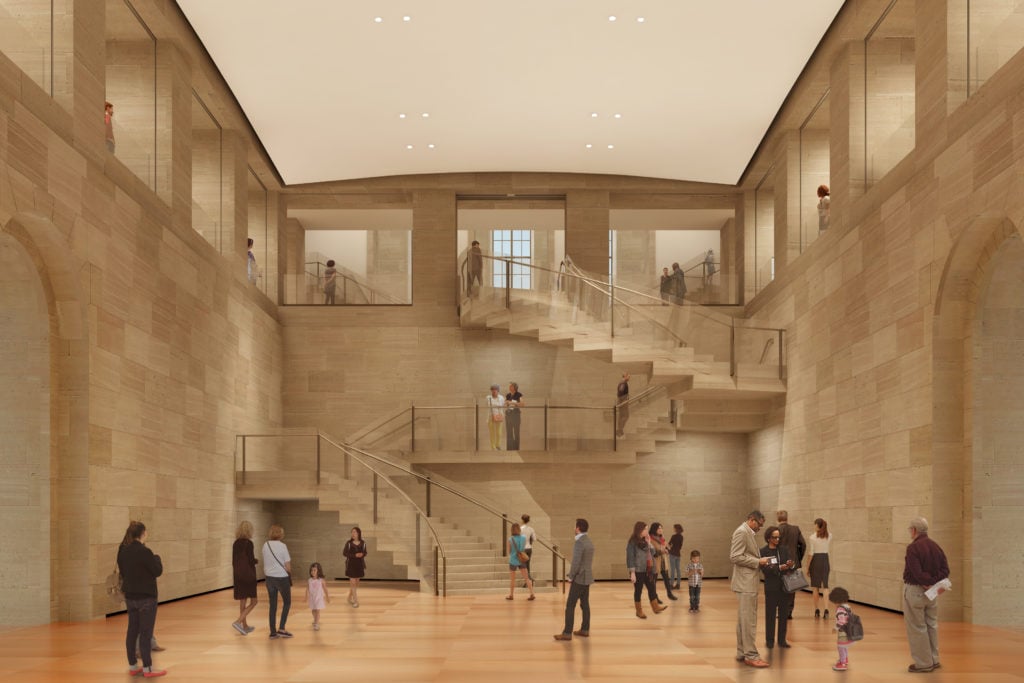Analysis
How Much Do Museum Employees Actually Make? A Tell-All Google Spreadsheet Is Now Making the Rounds
Can a new salary spreadsheet be used as a bargaining chip?

Can a new salary spreadsheet be used as a bargaining chip?

Museum staffers from around the US are publicly, but anonymously, posting their annual salaries on a Google spreadsheet that reportedly began circulating this morning. “Art/Museum Salary Transparency 2019” is a shared document to which users can add details about their employment terms and pay.
The spreadsheet has already drawn data reportedly from current and former employees of some of the largest museums in the country, including the Metropolitan Museum of Art, the Museum of Modern Art, the Harvard Art Museums, the Whitney Museum of American Art, the Museum of Fine Arts, Boston, and the Philadelphia Museum of Art. So far about 100 people have made entries (Further new entries can be made here).
The highest current salary listed is $300,000 for a male employed at the American Council of Learned Societies who listed his role as “digital humanities/collections projects manager/developer.” The lowest listed is $5,000 for a part-time, three-month editorial assistant at an artist’s studio.
Two female assistant curators at the Brooklyn Museum listed salaries of $44,000, and $50,000, respectively. A senior curator at the Guggenheim listed a current salary of $100,000, but said his or her starting salary was just $20,000 (the start date and position were not specified).
It is impossible to know the accuracy of the reported data as the spreadsheet allows contributors to be anonymous and share only as much information as they like; “be safe, be comfortable,” it says. (More salary figures can be found in a 2017 Association of Art Museum Directors survey.)
Apart from pay, contributors can also note changes in their salary over time, parental leave policies, and gender. One contributor has asked to add a race/ethnicity column.
Michelle Millar Fisher, a curator and writer at the Philadelphia Museum of Art, who previously worked for MoMA, the Met, and the Guggenheim, told ARTnews: “I hope it encourages a conversation between coworkers. If you don’t do it, everything stays the same. Sometimes it takes just one tiny action. Solidarity is the only way to affect great change.”
Fisher added, in an email to artnet News, that the contributors are from beyond art museums, and are weighing in from science and other museums, as well as from commercial galleries. That was the intention all along, she says, adding “it is completely open to all who identify with this field,” including some international participants who have already contributed.
Update: The story now has current links for the spreadsheet and a place to add new entries.